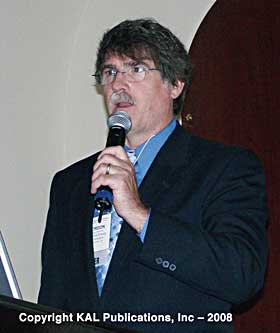There is a recognition that fuel varies on a seasonal basis.
California appears to be one of the "hot" states. The average temperature is 75 degrees which is a 1% variation from the 60 degree standard.

The CEC has created a website that will be used to provide information resources and status of the fuel information survey.
Cost-benefit analysis will examine the following options:
The survey is now complete. For regular grade gasoline, they took an air temperature sample, a dispenser temperature sample, and tank sample. No surprise that August is the highest, January is the lowest. We do have variation in the state on a seasonal and regional basis.
Most of the time the average temperature is above that 60 degree line. This is true of gasoline and diesel.
Retail consumer benefits will be calculated on a monthly basis: fuel volume x retail fuel price x volume correction factor.
What happens to the street price? That's the difficult part of the study: how all this will work out.
Business costs will be calculated using:
Analysis will be performed on a county-specific basis. Gasoline and diesel fuel dispeners will be included in the assessment.
Labor costs can be rather significant, especially with mechanical models [of dispensers].
Our database has been populated with a list of retail establishments by physical location and the number of meters by physical location for most counties. The make and model by physical location will be obtained for most regions by using information reported to air quality management districts as required for all gasoline dispensing facilities. The difficulty is getting the data: the two largest air quality districts, SCAQMD and BAQMD, have this data from permits but they have it on paper.
We believe the labor rate is $50 to $80 per hour. It may be higher. It would take two workers approximately four hours to install. We are predicting it would be $12-17, 000 per service station for material and labor.
What will the retailers do in a post ATC world? Stations have to be viable. In the long run, we believe they will try to pass the costs along to the consumer. They could try to do this on the fuel, on the c-stores, or both. That is one of the questions.
Consumers would be hard-pressed to look at the price on an ATC station and another station and make a decision.
Not all the benefits because there will be a reaction by retailers to change the price. The question is how much it will go up? Will it go up enough to erode all the benefits? Retailers will tend to try and pass along costs to recover costs and stay profitable in the long run.
Trade magazine publishing featuring a “hometown paper” approach to industry news, events, and the people who make it all happen.